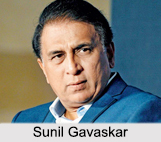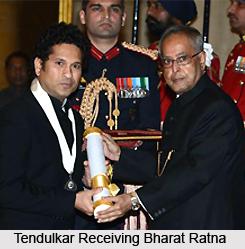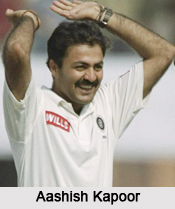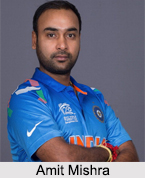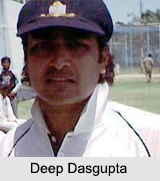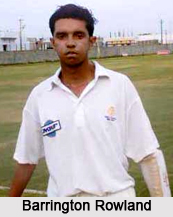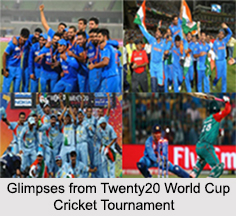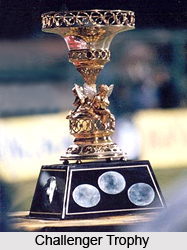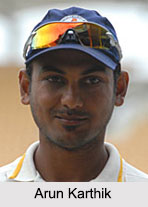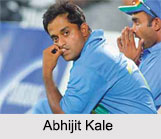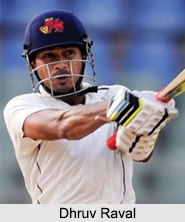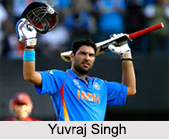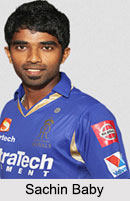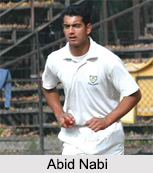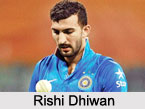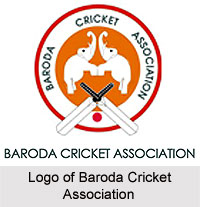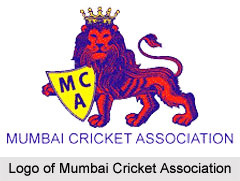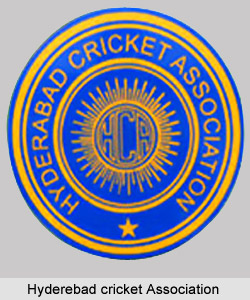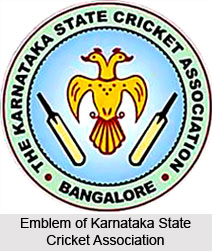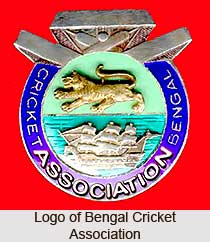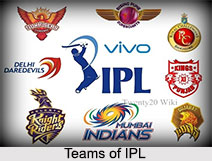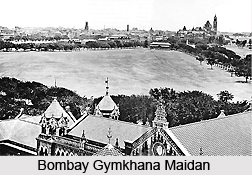 Bombay Quadrangular was one of the significant cricket tournaments of India, organized in the city of Mumbai since the year 1912 to 1936. It was also known as Bombay Pentangular, Bombay Triangular and Presidency Match. The teams of the tournament were divided on the basis of religion for which it garnered much criticism. However after the formation of Board of Control for Cricket in India, the event was abandoned and teams based on zonal divisions were introduced.
Bombay Quadrangular was one of the significant cricket tournaments of India, organized in the city of Mumbai since the year 1912 to 1936. It was also known as Bombay Pentangular, Bombay Triangular and Presidency Match. The teams of the tournament were divided on the basis of religion for which it garnered much criticism. However after the formation of Board of Control for Cricket in India, the event was abandoned and teams based on zonal divisions were introduced.
Presidency Match
The origin of Bombay Quadrangular dates back to the time when an annual match was played between the Parsis of the Zoroastrian Cricket Club and the European members of the Bombay Gymkhana. The year 1877 marks the first such game after Bombay Gymkhana accepted the request of the Parsis for a two day match. The Parsis took the lead in the first innings; however the other team recovered later maintaining a balance in the game. The game was once again played in 1878 but could not attain the stature of an annual event due to racial discontent. Parsis and Hindus of Mumbai struggled with the governing Europeans from 1879 to 1883 for the use of playground called Bombay Gymkhana Maidan. When the dispute settled in 1884, the Europeans versus Parsis matches resumed. In 1889 the Parsis bagged the victory over the Gymkhana and later from 1892 to 1893 the matches received a high status. In 1900 the Presidency Match, as the game was called back then, became the highlight of the Bombay cricket season.
Bombay Triangular
During the period when the Europeans and Parsis played regular matches, another sports club emerged namely Hindu Gymkhana with a set a quality players. The Hindus challenged the Parsis in 1906 for a match but the latter declined owing to communal differences. The challenge was then accepted by the Bombay Gymkhana and this marked the first match between the Europeans and Hindus in which the latter emerged as the victors. The victorious team boasted their player Palwankar Baloo, the first great spin bowler of India. However he was not accepted for captaincy due to his low caste. But his younger brother Palwankar Vithal, a batsman, received the opportunity owing to the anti-casteism campaign during Indian Independence Movement. In the following year, 1907, the first Triangular tournament was played among the teams Bombay and Hindu Gymkhanas and Zoroastrian Cricket Club. Since 1907 to 1911, the Parsis won thrice and Europeans twice.
Bombay Quadrangular
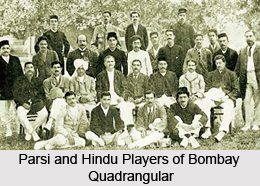 Bombay tournament in the year 1912 invited the Mohammedan Gymkhana which made the game a Quadrangular. Throughout the World War I, the tournament was played. In the year 1917, the Quadrangular which was usually played in September was moved to November/ December to avoid the poor weather at the end of monsoon. In the same year another change was introduced which was the use of neutral umpires who replaced the usual European umpires. The neutral umpires belonged to the non competing teams. The popularity of Bombay Quadrangular surpassed the previous tournaments. However the tournament was against the campaigns of Mahatma Gandhi and was criticized as a mode of pacifying the Indians for ensuring their loyalty towards the British rule. Mahatma Gandhi strongly opposed the formation of teams on the basis of religions. The Prince of Wales visited the tournament in 1921 which also led to a three day political riot in the city.
Bombay tournament in the year 1912 invited the Mohammedan Gymkhana which made the game a Quadrangular. Throughout the World War I, the tournament was played. In the year 1917, the Quadrangular which was usually played in September was moved to November/ December to avoid the poor weather at the end of monsoon. In the same year another change was introduced which was the use of neutral umpires who replaced the usual European umpires. The neutral umpires belonged to the non competing teams. The popularity of Bombay Quadrangular surpassed the previous tournaments. However the tournament was against the campaigns of Mahatma Gandhi and was criticized as a mode of pacifying the Indians for ensuring their loyalty towards the British rule. Mahatma Gandhi strongly opposed the formation of teams on the basis of religions. The Prince of Wales visited the tournament in 1921 which also led to a three day political riot in the city.
In 1920s the Gymkhanas began recruiting players from different parts of the Indian subcontinent which rendered Bombay Quadrangular the stature of the biggest and most influential cricket tournament in India. Other local competitions also derived inspiration from this which led to the development of cricket throughout the region. The issue of religious discrimination cropped up in 1924 when the Hindu Gymkhana withdrew their invitation to the Bangalore player P. A. Kanickam after discovering that he was a Christian. Europeans denied the Indian in their teams and the Hindu turned down the Christians. In 1930 when the Salt Satyagraha and Civil Disobedience movements were at their peaks, the Quadrangular tournament got cancelled due to the political turmoil till 1934. On the persistent insistence of cricket lovers in 1935 J. C. Maitra, the sports editor of the nationalist Bombay Chronicle, advised to replace the Quadrangular with a geographic-zone-based tournament. The proposal was argued with the suggestion of a Pentangular which comprised another team with Indian Christians. However the traditional format was preferred by the public.
Bombay Pentangular
In 1937, the tournament welcomed the fifth team called The Rest which constituted Buddhists, Jews, and Indian Christians. However the Hindus withdrew their participation as a protest of not receiving a fair share of seats in the new Brabourne Stadium due to which only four teams played. In 1938 the tournament gathered much criticism due to the communal basis of the teams. As the independence movement began taking pace, it greatly opposed the Pentangular for bringing up unity among Indians instead of competition. Subsequently, owing to the political conflicts in the country, the Pentangular tournament was declared as abandoned in 1946 by the newly formed Board of Control for Cricket in India and was replaced by a zonal competition.
